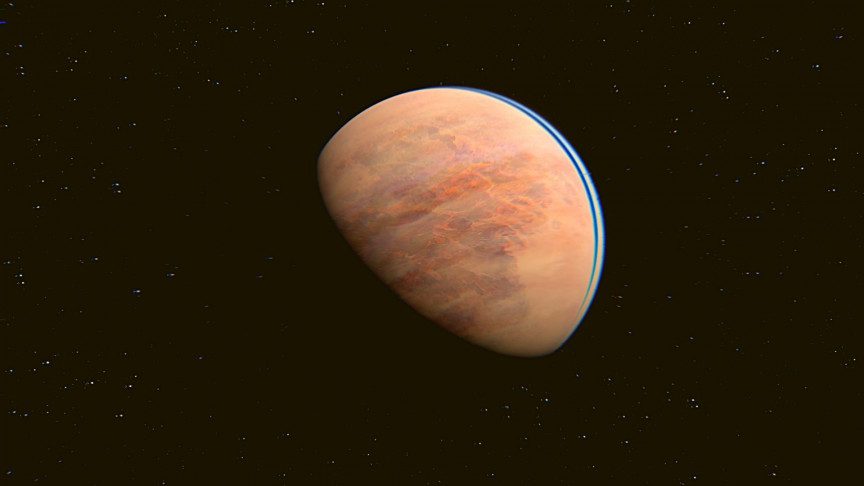New observations using ESO’s Very Large Telescope (VLT) have provided a wealth of data on a system of Neptune-sized planets around the star L 98-59. Researchers found a planet that is half as massive as Venus—a record-breaking low for this planet-detection technique.
The new planet is rocky and quite light in terms of mass. Nevertheless, researchers have the hope that this planet might find itself in the habitable zone, which would mean the possibility of supporting life on it at a certain point in time.
The star system researched by scientists has a lot of potential, especially as a possible source of information regarding exoplanet atmospheres. The star of the L 98-59 system is 35 light-years away. The rocky planets discovered in that system are also close enough to the star so that they are warm.
With help from the VLT of the European Southern Observatory (ESO), the team of astronomers was able to determine that three of the planets may contain water within. Of the three planets close to the star in the L 98-59 system, two of them are expected to have water in a small amount. The last planet however may be a water world, with up to 30% of its mass being water.
“This system announces what is to come. We, as a society, have been chasing terrestrial planets since the birth of astronomy and now we are finally getting closer and closer to the detection of a terrestrial planet in the habitable zone of its star, of which we could study the atmosphere,” explained Olivier Demangeon, lead author of the study.
Finally, the astronomers discovered some planets that were not spotted before. At the same time, they also speculate the existance of another exoplanet that might in fact have water, due to its distance from the star of the system.












Leave a Reply